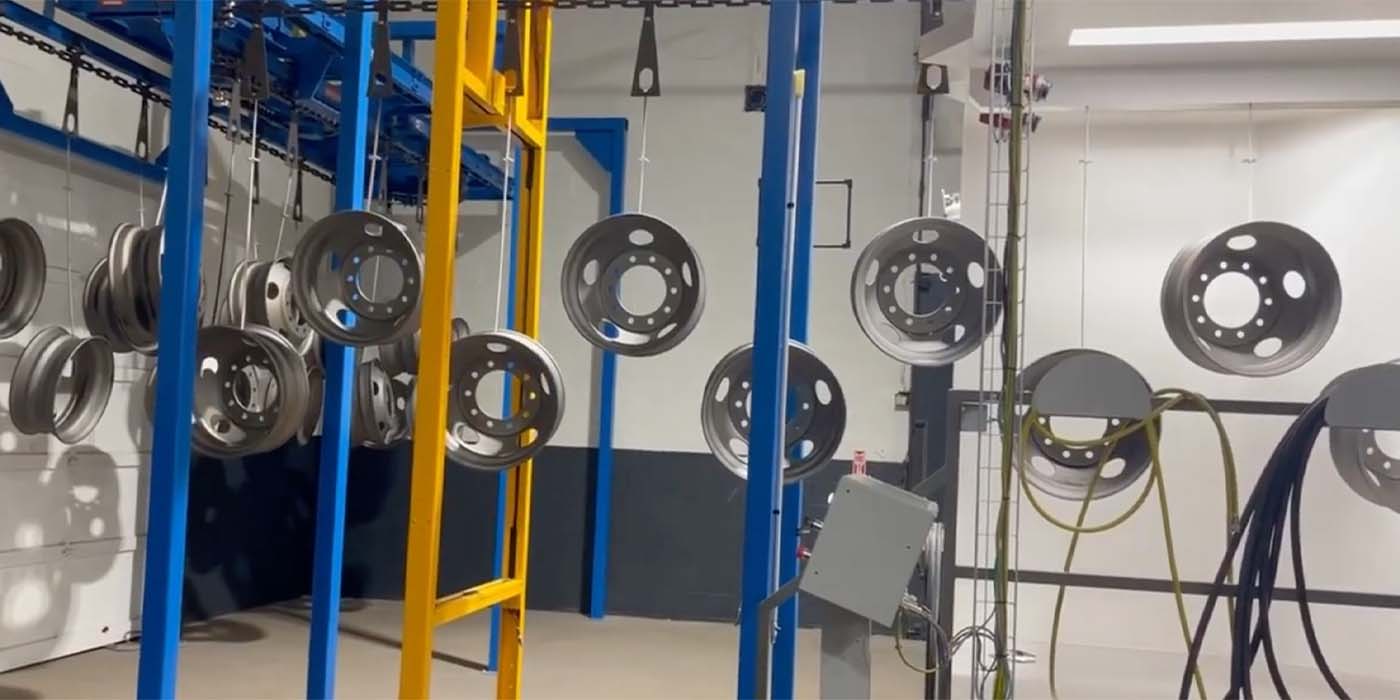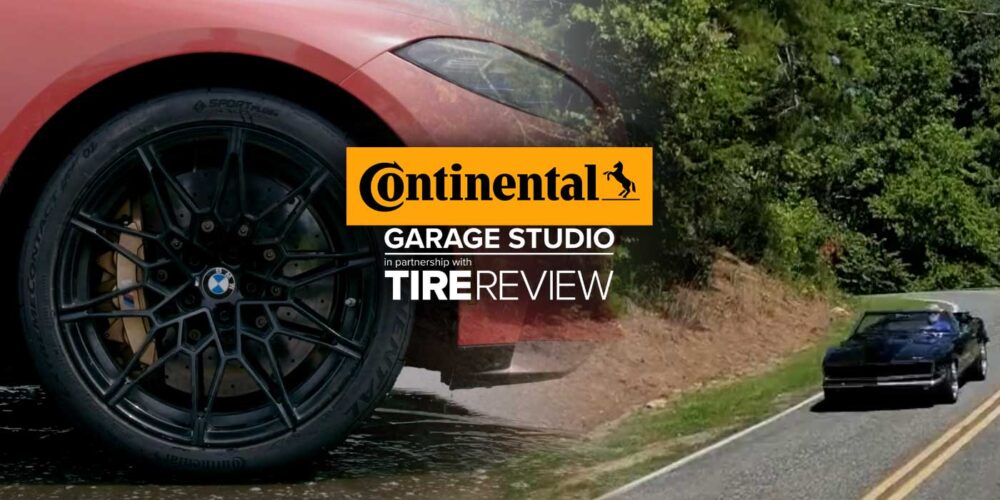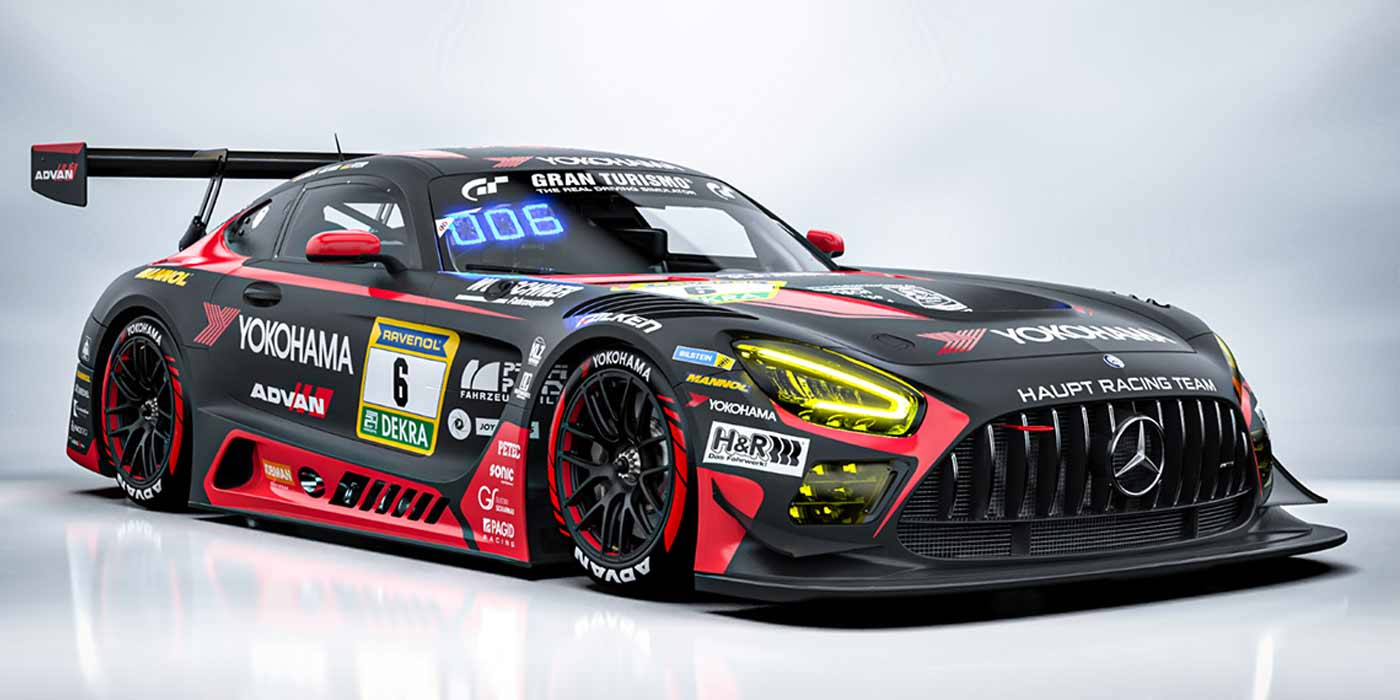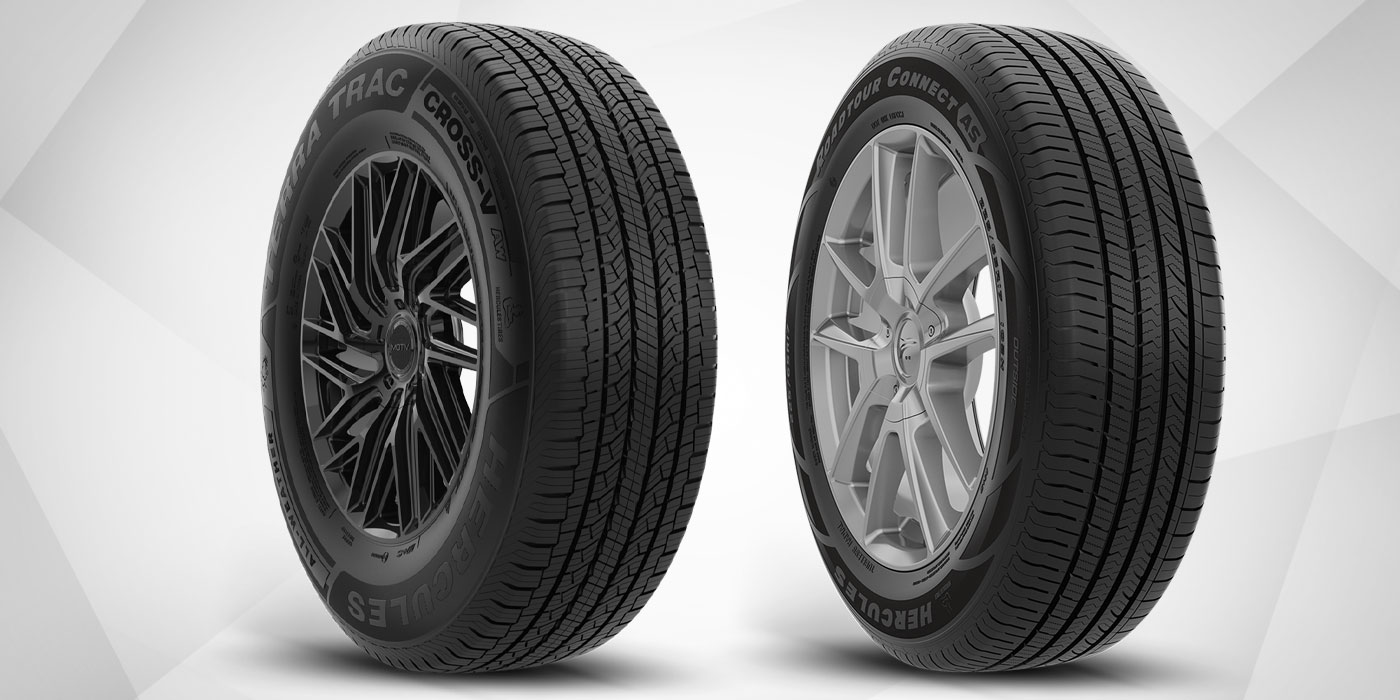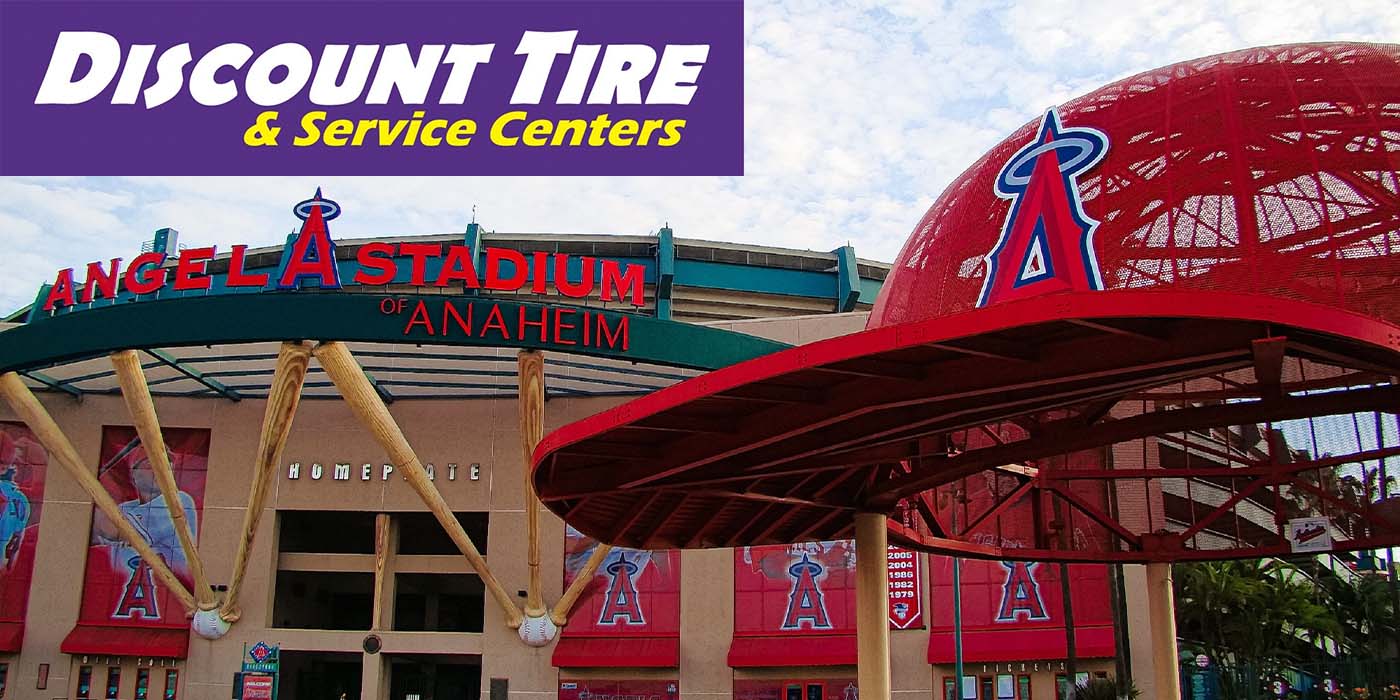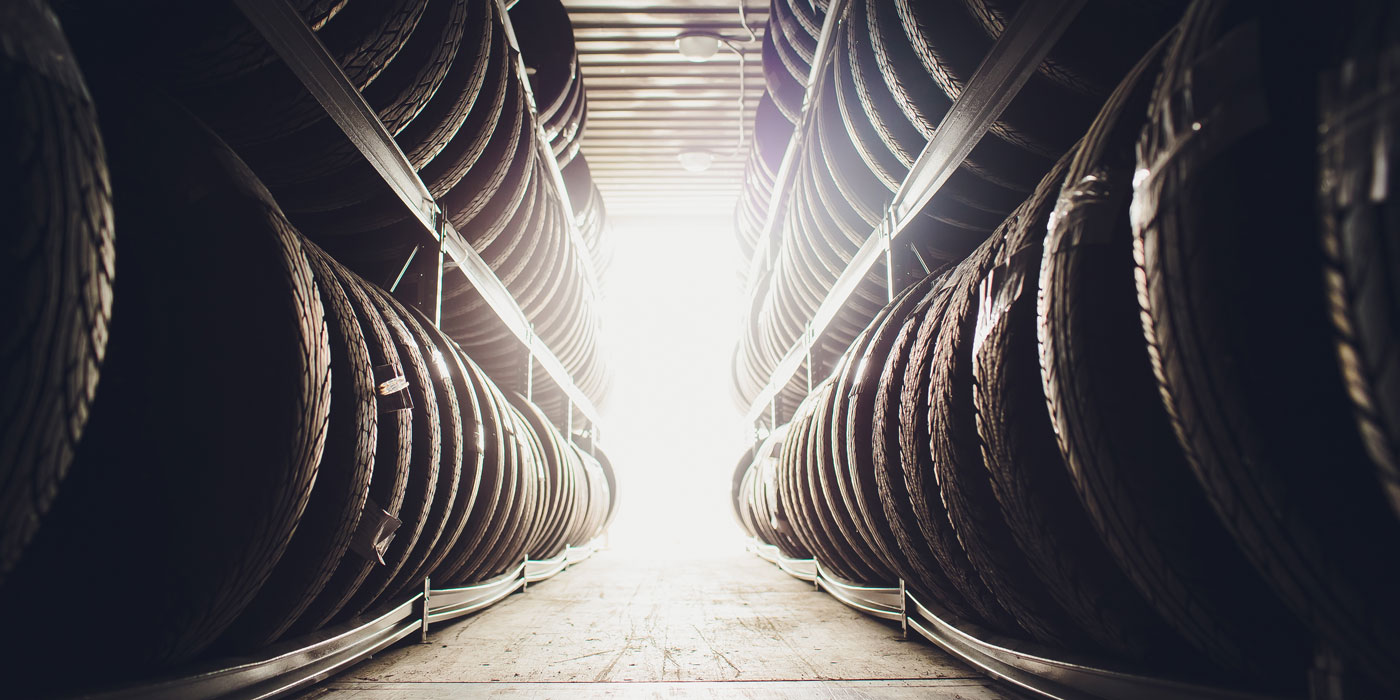According to a report by Ascribe Newswire, the diagnostic technique works by analyzing vibration waves passing through a tire to detect damage that leads to cracks in the bead area, where the tire connects to the steel rim of the wheel. A crack will sometimes form in the bead area and spread entirely around the tire, causing the tire to lose air or otherwise fail.
The research work was done by Douglas Adams, an associate professor of mechanical engineering at Purdue who developed the system with doctoral student Timothy Johnson.
"The fatigue endurance testing needed to ensure that all automotive tires meet the new durability requirements is time consuming and costly," Adams said. "And because the testing is carried out by technicians conducting manual inspections, the results can vary based on a technician’s skill and other factors. The bottom line is that there hasn’t been any objective way to determine when the tire has bead-area damage."
Johnson will present a research paper about the diagnostic technique on Apr. 6 during the Society of Automotive Engineers’ 2006 World Congress in Detroit. Adams will give a talk on Apr. 7 focusing on developing better mathematical models and simulations.
"When you build a mathematical model of a tire, part of the purpose is to predict how a crack will spread once it starts," said Adams. "But another big part of the model is to determine how the crack gets started in the first place. If industry can better understand how cracks initiate, manufacturers can build a better tire."
The Purdue engineers developed their diagnostic system using an SUV parked over a testing apparatus so that the left front tire sat on rollers spun by an electric motor at 40 mph, while a hydraulic device exerted downward force on the tire to simulate the weight of passengers. They also heated the tire with a portable furnace to mimic worst-case driving conditions and compared the difference between damaged and undamaged tires.
"Damage causes a decrease in tire stiffness because a tire that has a crack in the bead area doesn’t resist as much when you push down on it," Adams said. "That’s significant because the more the tire squishes, the less able it is to resist the growth of the crack."
As the test tire rotated, the engineers used tri-axial accelerometers attached to the axle to pick up vibration waves passing through the tire. The data were fed to a computer, where software containing algorithms interpreted the information.
Damage to the bead area causes the tire to rotate unevenly, and data from vibration waves reveal this slight wobble. The data were displayed on a computer monitor in a "wavelet map" that enabled the engineers to not only detect damage but also possibly pinpoint its location on the tire.
The engineers plan to extend their research to test what happens to a tire when drivers hit curbs while parallel parking. The engineers will simulate the curb-impact effects with a tower-like apparatus that drops a weight from a height of about six feet onto an object being tested.




